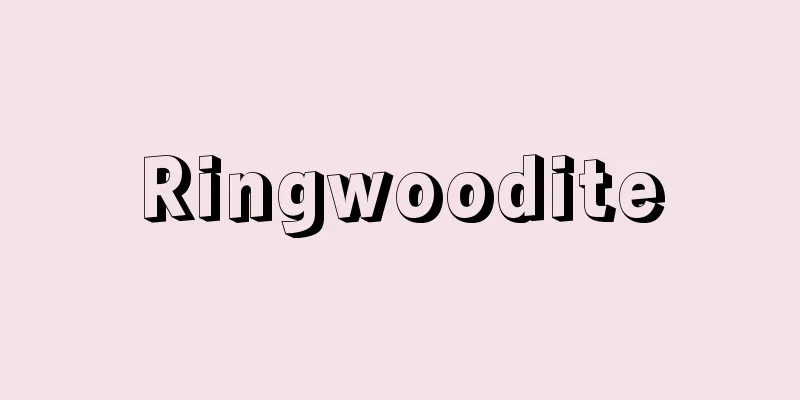Distant name - Ensho

|
〘Noun〙 In grammar, this refers to the "a" part of the three demonstrative pronouns "ko", "so", and "a". It refers to things, places, and directions that are distant from both the speaker and the other person. In colloquial speech, this pronoun is used as "are", "aitsu", "soko" and "ata", while in literary speech it is used as "kare", "kashiko", and "kanata". → Proximal, middle, and indefinite. [Gyobo Shinnan (1889)] Source: The Selected Edition of the Japanese Language Dictionary About the Selected Edition of the Japanese Language Dictionary Information |
|
〘名〙 文法で、指示代名詞のコ・ソ・アの三区分のうち、アにあたる指し方。話し手と相手とから共通に離れた事物、場所、方向について指す。この代名詞は、口語では「あれ・あいつ・あそこ・あちら」など、文語では「かれ・かしこ・かなた」など。→近称・中称・不定称。〔語法指南(1889)〕
出典 精選版 日本国語大辞典精選版 日本国語大辞典について 情報 |
Recommend
Shakushimai - Shakushimai
Folk performing art. One of the Hayashimai (musica...
Microbody
Also called microbodies. Small granules in the cyt...
Kujina - Kujina
...The names mangale and mango originated from th...
Signorini, T.
… Fattori blended moving figures with the landsca...
Bridge on the River Kwai
1. A war novel by French author Pierre Boulle (195...
Nutritional system - Eiyoukei (English spelling) clone
Asexual reproduction refers to offspring that are ...
Victoria [State] - Victoria
A state in the southeast of Australia. The Austral...
Treaties of Rome
The Treaty Establishing the European Economic Comm...
Wooden floor - Itabari yuka
...Cut stones or tiles laid at a 45-degree angle ...
Icon Veneration
… The Second Council of Nicaea was the seventh ec...
Wārqalān (English spelling)
...Several oasis routes ran through the Sahara be...
Pepin [I] - Pepin
The mayor of Austrasia, a branch kingdom of the Fr...
Peronella japonica
Class Echinoidea, Order Scutellaria, Family Cassip...
Eastwood, C.
…And in turn, it stimulated the production of wes...
Kyoto Prefecture - Kyoto
A prefecture in the central-northern part of the K...









